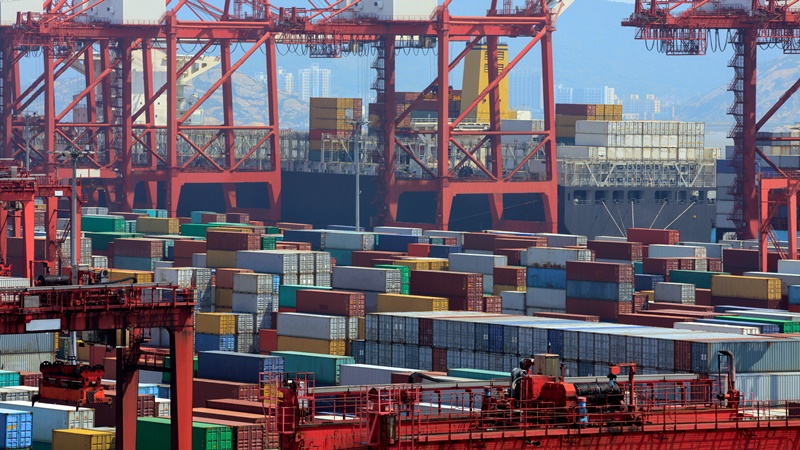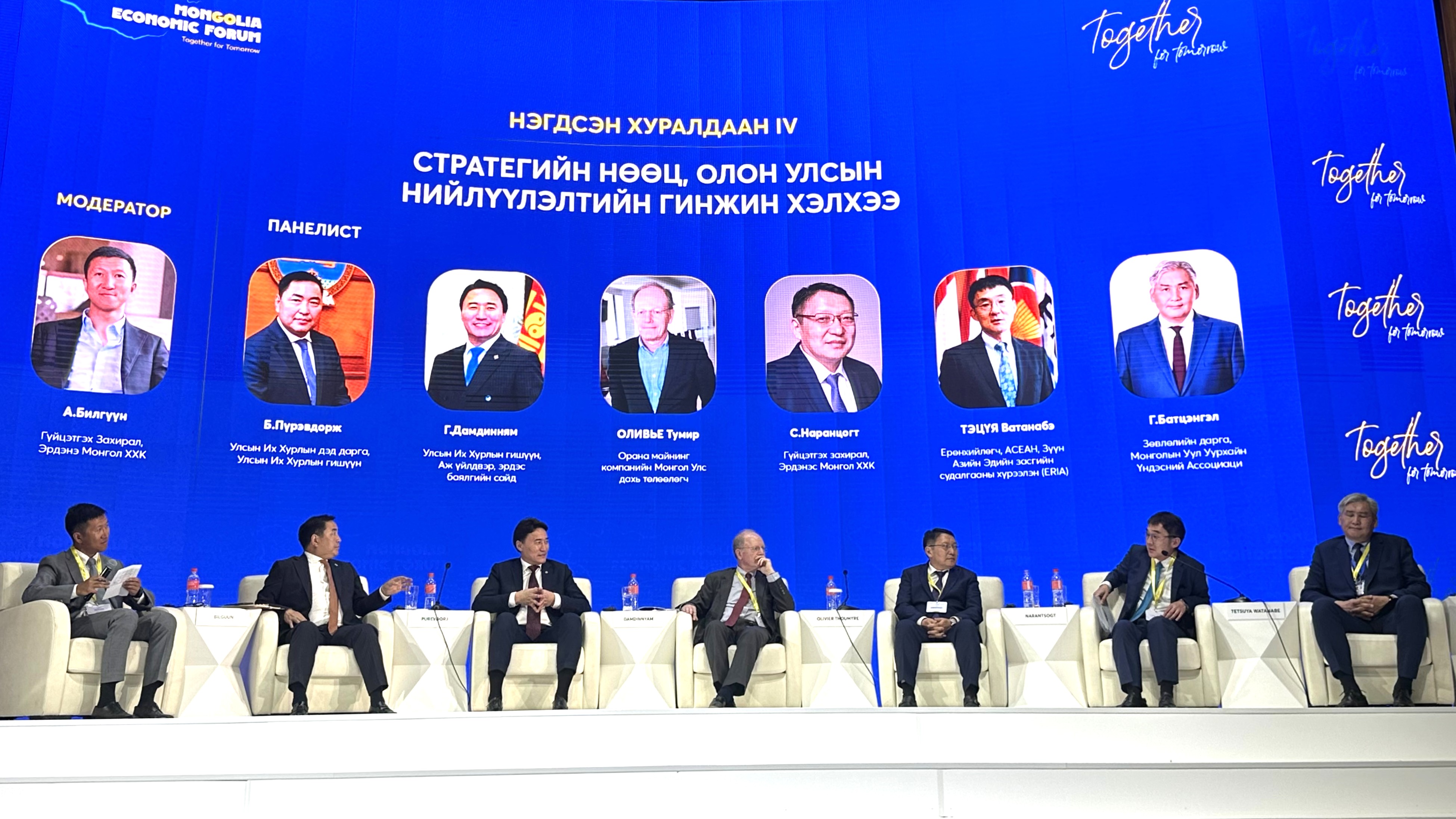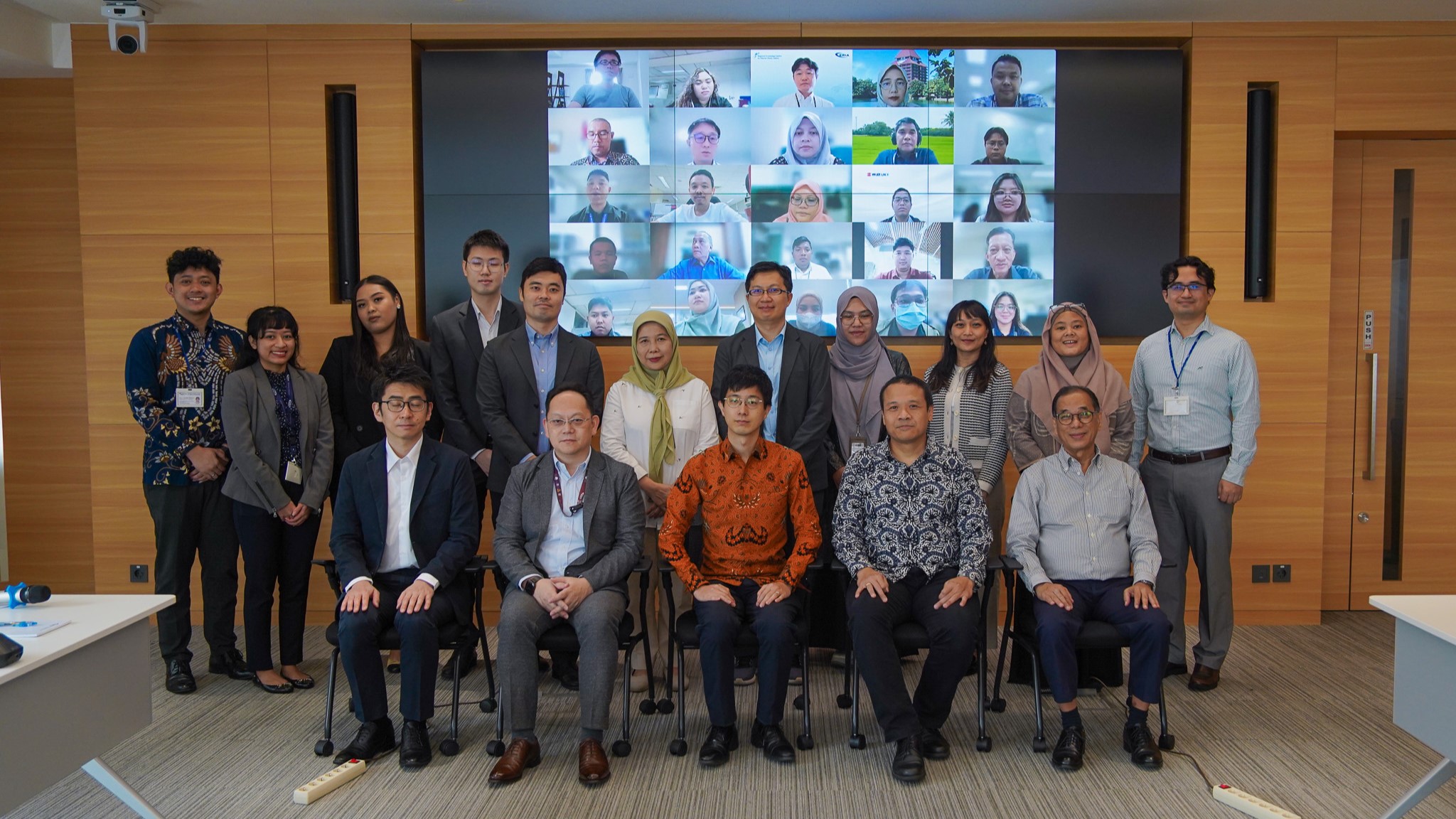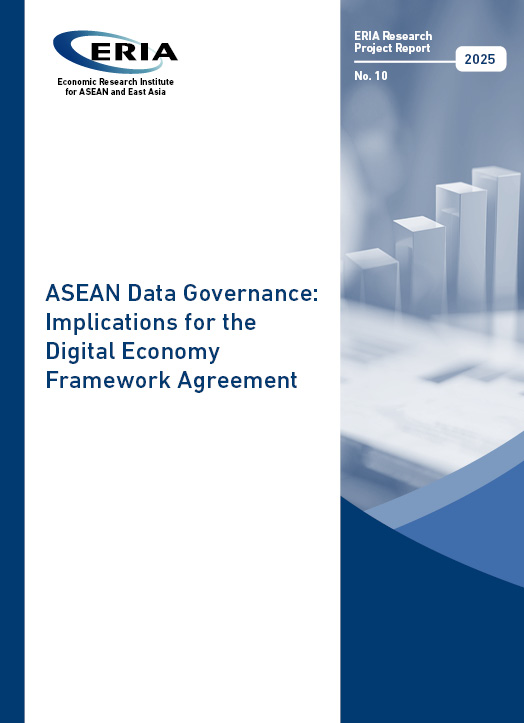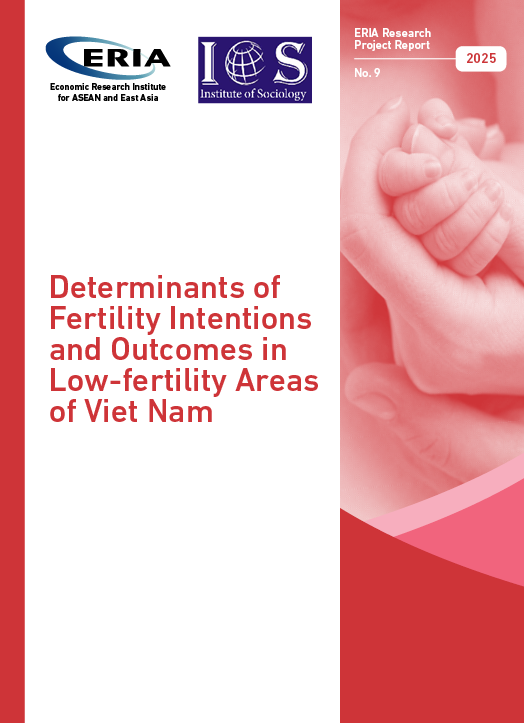Do FTAs Matter for Realising Circular Supply Chains in ASEAN?
Date:
14 March 2022By:
Venkatachalam AnbumozhiCategory:
OpinionsTopics:
Circular Economy, FTAShare Article:
Print Article:
By Dr Venkatachalam Anbumozhi, Director of Research Strategy and Innovation, Economic Research Institute for ASEAN and East Asia (ERIA): The Asia-Pacific region plays a prominent role in global production, resource use, and employment through the formation of global supply chains. In part, this is the result of multilateral trade pacts, harmonised rules and adopting technological innovations. The main traded goods are from the apparel and footwear, automotive, agro-food, electronics, and extractive industries. The global supply chain participation tends to be higher in the ten economies of the Association of Southeast Asian Nations (ASEAN) and East Asia and in 2019 accounted for more than 65 percent of the Global supply chain-related intermediate imports in the world.
Widespread deforestation, polluted water resources, degraded agricultural lands, and declining fish stocks are just examples of the consequences of aggressively pursued economic growth by GSC that also generated millions of jobs across the region. Global supply chain-related carbon emissions account for an average of 73 percent of Multinational company’s total emissions. This underlines the imperative for circular supply chains that could tackle the negative externalities of free trade.
Many countries and businesses in the world have started adopting roadmaps for a transition toward more circular supply chains —a model that promotes enhanced resource efficiency and the decoupling of economic growth from extractive, wasteful, and polluting processes. Moving from a linear, extractive produce–use–discard model to a more circular approach will involve a paradigm shift and significant changes to existing business models.
A wide range of trade in products and services plays a critical role in supporting the different business models unpinning Circular Supply Chains. They include both traditional services such as construction, repair, and maintenance services and new forms of products and production processes, services related to sharing models involving co-ownership or co-access to the information stored in digital platforms or Product Service Systems focusing on selling a service rather than the product itself. These circular services are not limited to domestic activities but are procured and supplied across the borders. A recent study reveals that the current circular business approaches taken by Multi-National Companies could create a USD 1.6 trillion opportunity in the Asia-Pacific region.
Hence, ASEAN member states affirm their commitment to the transition to circular supply chains through the adoption of the long-term framework for the circular economy, which identified the key priorities of free trade, harmonization of standards, fostering innovation, sustainable financing, and enhanced resource efficiency. At the launch of this framework in November 2021, the member states have decided to work more closely to ensure synergy across the policy areas and at the same time to promote social inclusion.
While most global thinking on circular economy has focused on enabling policy frameworks at the domestic level, much less attention has been paid to the role of free trade agreements (FTA) in supporting this transition. FTAs play an essential role in supporting circular Supply Chains, particularly for incorporating business models on eco-design; the collection and sorting of waste material and its transformation into secondary raw material; or remanufacturing or refurbishing. Technological advances, including artificial intelligence and industry 4.0 are also to be paid attention as circular services in the future FTAs that can accelerate the global transition toward a more circular economy by exploiting comparative advantages and scale effects in closing resource loops and narrowing resource flows. With the proper safeguards and regulations in places, FTAs can contribute to lowering tariff and non-tariff barriers to support clean technology diffusion.
However, when looking at bilateral and regional FTAs exclusively signed between ASEAN member states and their major trading partners like the US, EU, and Japan a huge there exist gaps between aspirations and implementation. For example, the recently concluded Regional Comprehensive Economic Partnership (RCEP) completely ignored the provision of environmental goods services.
Which factors facilitate or hinder the integration of circular economy issues into bi- or multilateral FTAs? In general, it has been argued that developing countries prefer setting up Multilateral Environmental Agreements (MEA) such as the Montreal Protocol, the Basel Convention and the Convention on International Trade in endangered species, the Paris Climate Agreement etc to safeguarded their stance on Common but Differentiate Responsibilities (CBDR). However, emerging trade disputes within WTO have shown that a difficult relationship exists between free trade and trade-related MEAs. Free traders often think that MEAs foster green protectionism. But it is often very difficult to draw a distinct line between environmental protection and environmental protectionism because the preconditions for circular economy transition can easily be abused to justify trade restrictions as in the case of the Chinese ban on the import of wastes in 2017.
Another reason for ASEAN member states’ reluctance to discuss circular low carbon economy issues in FTAs is that developing economies and their enterprises have neither capacity nor capability to seriously address environmental issues before their per capita income is substantially developed to a higher level. But this argument often forgets the fact that economic growth, resource depletion, and social inclusion are interrelated and twinned with the competitiveness of the circular supply chains. There also exists a lack of stakeholder interest in and understanding of the benefits of circular advantages. The North America Free Trade Agreement (NAFTA) is certainly the most prominent example where the public consultation led to the successful integration of sustainability issues into trade policies of the US, Mexico, and Canada.
Advancing a global circular supply chain transition will require concerted action at the international level through FTAs, because in an integrated world economy, no individual country or company can achieve the transition on its own. But the integration of circular economy principles into global supply chains may be difficult when countries with different developmental stages are involved. Relevant institutional mechanisms such as a multi-lateral platform for exchanging information, guidance, best practices, and experience-sharing on circular value chains are to be formulated.
The process of integration of circular aspects into trade agreements could be hastened if future FTAs bring opportunities for green growth, geostrategic importance on resource use, or negotiations that serve as a testing ground for the future of an inclusive social development agenda. This will make developing countries more willing to accept circular standards in bilateral FTAs as well as mega-trade agreements such as RECEP. However, in order to realize the often-aspirational goals of circular supply chains, participating countries should put more coordinated efforts in policy fields covering environment, economy, innovation, and finance.
The role of civil societies in trade negotiations is another important factor that can help the global supply chain become more circular. While most of the advanced economies have pluralistic societies in which interest groups are involved in the policymaking process, the participation of public and civil societies in the global south is limited, especially when it comes to FTA negotiations and integrating complex issues circular standards, and climate mitigation targets. Thus, hardly any domestic pressure to integrate environmental issues into FTAs exists or is not taken seriously by the trade negotiators. Increased cooperation in science, technology, and capacity building on best circular supply chain practices among trading partners will help the developing countries such as ASEAN member states to meet international obligations such as the Paris Climate Agreement and make them mutually supportive instead of designing the FTAs and environmental policies in a contradictory way.
To sum up, transforming the current linear supply chains into a circular one on the local, regional, and global level depends on the integration of trade and environmental policies, setting up technological cooperative frameworks alongside the trade agreements, and finding a new role for civil societies to constructively work together. Though circular supply chains are mostly about business-to-business interaction, consumer participation is always necessary to raise the awareness of the issue . However, it remains to be seen whether the circular business models will become integrative part of world’s mega FTAs and whether bilateral trade agreements can help to achieve better circular outcome at global level.
This opinion piece was written by ERIA's Director of Research Strategy and Innovation and has been published in The Manila Times and The Jakarta Post and The Borneo Bulletin. Click here to subscribe to the monthly newsletter.
Disclaimer: The views expressed are purely those of the authors and may not in any circumstances be regarded as stating an official position of the Economic Research Institute for ASEAN and East Asia.
